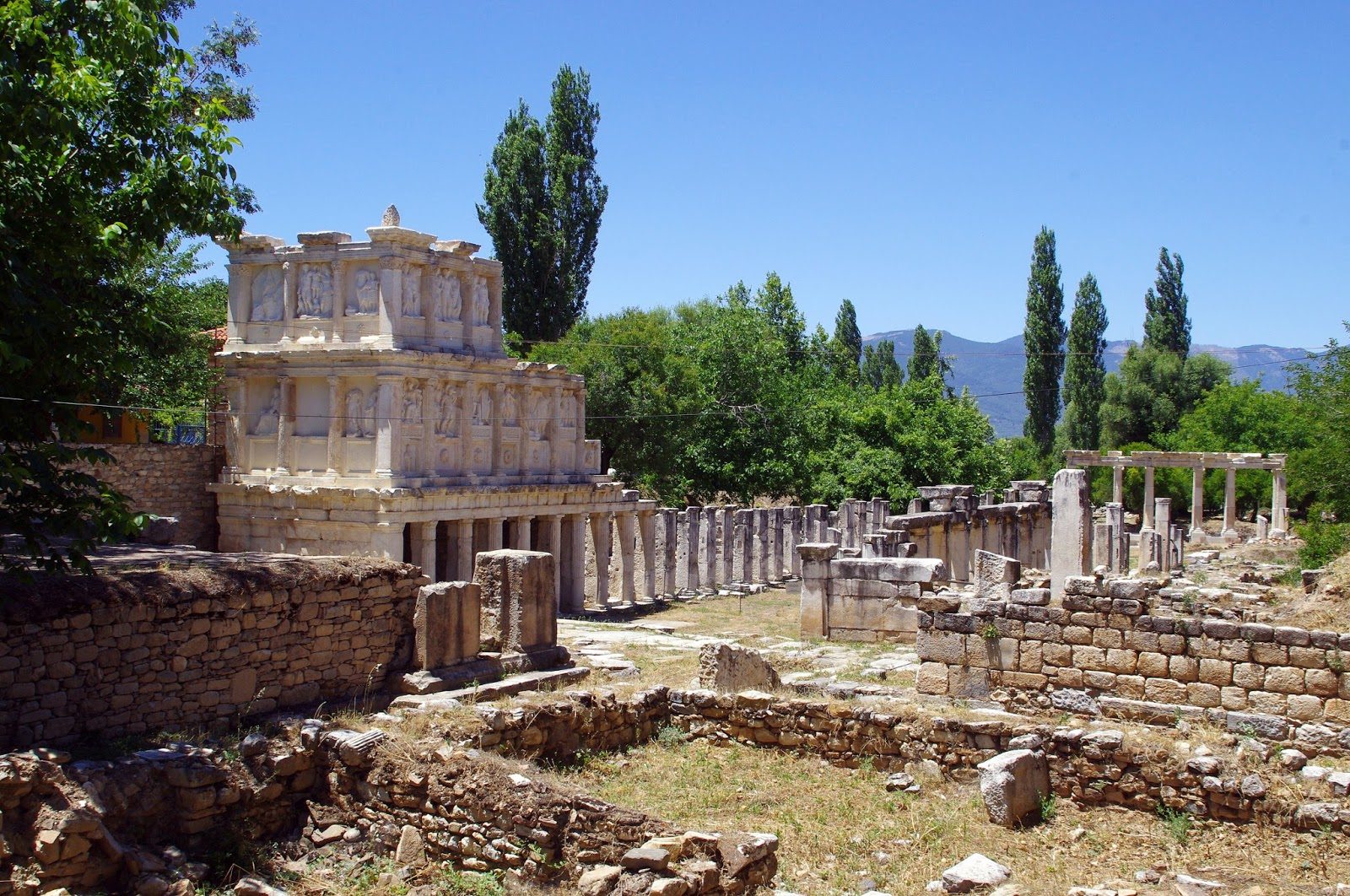
A Hidden Gem in the Heart of Turkey
Nestled in the picturesque southwest of Turkey, the ancient city of Aphrodisias remains one of the lesser-known yet most captivating historical sites in the country. Often overshadowed by its famous counterparts like Ephesus and Cappadocia, Aphrodisias is a treasure trove of ancient art, architecture, and history, offering a unique glimpse into the classical world. In this blog post, we'll explore why Aphrodisias is a must-visit destination for history buffs, culture enthusiasts, and travelers seeking off-the-beaten-path adventures.
A Journey Through Time: The History of Aphrodisias
Named after Aphrodite, the Greek goddess of love, Aphrodisias boasts a history that spans several millennia. Established sometime in the 2nd century BC, the city became a prominent center for the arts and academia, especially known for its school of sculptors. Its significance continued through Roman and Byzantine times, leaving behind a rich tapestry of historical and architectural wonders.
The Archaeological Marvels of Aphrodisias
1. The Temple of Aphrodite: The centerpiece of Aphrodisias, the Temple of Aphrodite, was converted into a Christian basilica in the 5th century. Its stunning ruins offer a window into the religious evolution that swept through the region.
2. The Tetrapylon: This ornate gateway, serving as an entrance to the temple sanctuary, is a photographer's delight. Its intricate reliefs and columnar structures are a testament to the extraordinary skill of ancient architects and sculptors.
3. The Stadium: Boasting one of the best-preserved ancient stadiums in the world, it once seated up to 30,000 spectators. Walking through its grand arches, you can almost hear the echoes of cheering crowds from centuries ago.
4. The Theatre: The theatre of Aphrodisias, combining Greek and Roman architectural elements, offers a breathtaking view of the surrounding landscape. Its acoustics and seating arrangement are a marvel of ancient engineering.
5. The Aphrodisias Museum: Housing an impressive collection of artifacts, sculptures, and relics unearthed from the site, the museum is a highlight for those eager to delve deeper into the artistic heritage of Aphrodisias.
The Unique Appeal of Aphrodisias
Tranquility and Beauty: Unlike more tourist-heavy sites, Aphrodisias retains a sense of peace and authenticity. Surrounded by fertile fields and gentle hills, the beauty of the landscape complements the historical significance of the site.
Artistic Legacy: The exquisite marble sculptures and reliefs found here are unparalleled, showcasing the city's legacy as a center of artistic excellence.
Cultural Significance: Aphrodisias provides insight into the blending of Greek and Roman cultures, evident in its architecture, urban planning, and artistic expressions.
Planning Your Visit
Best Time to Visit: Spring (April to June) and autumn (September to November) offer pleasant weather, ideal for exploring the ruins.
Getting There: Aphrodisias is located about 230 km from Izmir. Renting a car or joining a guided tour from major cities like Izmir or Antalya are the best options to reach this historic site.
Staying Nearby: While there are no accommodations in Aphrodisias itself, the nearby town of Geyre offers charming lodgings. Alternatively, stay in the larger cities of Denizli or Izmir for a more extensive selection of hotels.
Local Tips: Bring comfortable walking shoes, as the site involves a fair amount of walking. Don’t forget a hat and sunscreen, especially in the summer months.
Conclusion
Aphrodisias is a journey back in time, a place where history, art, and nature converge beautifully. Its tranquility, coupled with its rich tapestry of stories, makes it a destination that not only educates but also inspires. For those looking to experience a different facet of Turkey’s vast cultural and historical landscape, Aphrodisias is a captivating and enlightening choice.
As you wander through its ancient streets and marvel at its sculptures, you connect with the past in a way that only places as special as Aphrodisias can facilitate. It's not just a trip to an archaeological site; it's an exploration of human creativity and resilience through the ages.
